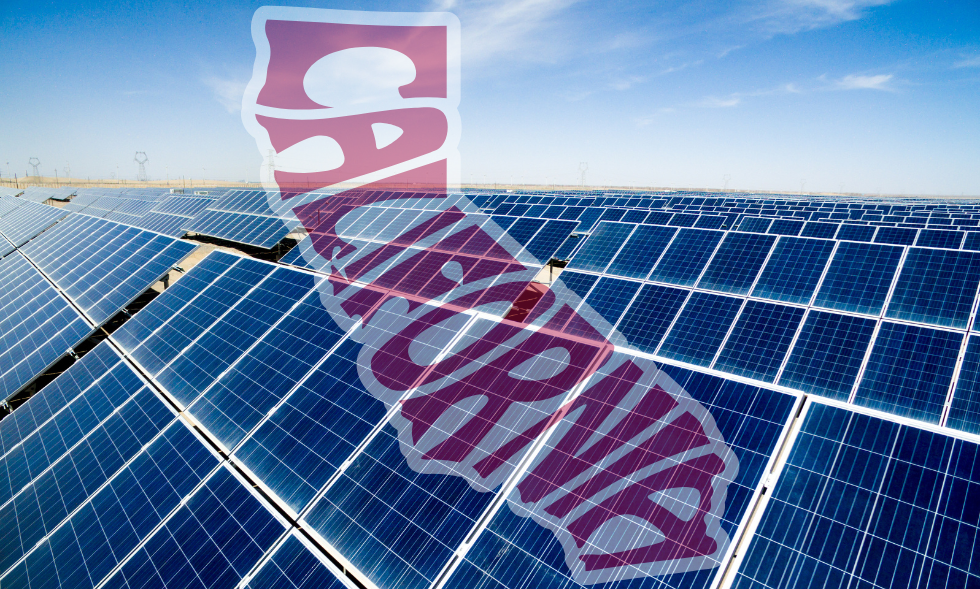Public health expert Steven J. Milloy is executive director of The Advancement of Sound Science Coalition (TASSC) and publisher of the Junk Science Home Page (http://www.junkscience.com). He is the author of several books and reports, including Choices in Risk Assessment: The Role of Science Policy in the Environmental Risk Management Process, a widely acclaimed publication that resulted from his work for the U.S. Department of Energy examining the relative roles of science and policy in regulatory risk assessment.
Mr. Milloy frequently discusses junk science on radio and television; has testified on risk assessment and Superfund several times before the U.S. Congress; and has testified and lectured on risk assessment before such diverse groups as the U.S. Department of Energy, the U.S. Environmental Protection Agency, the National Institute of Medicine, the American Bar Association, and the Manhattan Institute.
Mr. Milloy holds a B.A. in Natural Sciences from The Johns Hopkins University, a Master of Health Sciences in Biostatistics from The Johns Hopkins University School of Public Health, a Juris Doctorate from the University of Baltimore, and a Master of Laws from the Georgetown University Law Center.
Cohen: What is junk science?
Milloy: To paraphrase what Supreme Court Justice Potter Stewart said about obscenity in Jacobellis v. State of Ohio in 1964, “I can’t define junk science, but I know it when I see it.” Junk science is usually what we read about in newspapers or hear about in the news. Junk science is scientific information, data, or analyses that is blatantly over- or incorrectly interpreted to further some agenda.
It is important to realize that most science is not junk science. But what junk science lacks in quantity, it makes up for in impact on our daily lives.
Cohen: Who are the chief practitioners of junk science?
Milloy: “Junk science” is used by lawsuit-happy trial lawyers to fuel specious personal injury lawsuits; by the “food police” and environmental Chicken Littles to advance extreme social and political agendas; by power-drunk government bureaucrats to increase regulatory authority; by cut-throat corporations to undercut their competitors or sell bogus products; and by unethical-to-dishonest scientists in the quest for fame and fortune.
Cohen: Why should people be concerned about junk science?
Milloy: Junk science hurts all of us. For example, junk science has deprived all of us of our right to make health care choices. In 1997, the most-effective over-the-counter laxative ingredient (i.e., phenolpthalein) was taken off the market because of an unfounded fear of cancer risk. And morbidly obese individuals were denied the use of the most effective diet drugs based on sketchy data.
Junk science also steals public health resources. Just last year, EPA promulgated new air quality standards that are the most expensive environmental regulation in history. Those standards are based on junk science. American businesses and consumers will be paying more than $100 billion a year to implement these standards, and many other public needs will have to go unfilled.
During congressional hearings into the proposed air quality standards, Dr. Christopher Grande, an emergency room physician and executive director of the International Trauma Anesthesia and Critical Care Society, testified that the proposed standards represented “the latest raid on our scarce public health resources.”
Cohen: What is the m.o. of the junk scientist?
Milloy: Here are some tips for spotting junk science. First, watch out for the “one-study wonders.” “Study shows laxatives cause cancer.” “Selenium prevents cancer new study says.” Can these headlines be right? Not likely. No one study proves anything. Science is not a quick-and-dirty one-study endeavor. Scientific knowledge is gained slowly and incrementally over time.
Also be wary of “science by press conference.” Science occurs in laboratories, not in press conferences or newsrooms. Simply put, headlines ain’t science. Dan Rather, Peter Jennings, and Tom Brokaw read scripts off teleprompters; they aren’t Nobel laureates. The Washington Post and New York Times are newspapers, not peer-reviewed science journals. 60 Minutes is television entertainment, not a science-on-video series.
Look for claims of “causation.” Junk scientists love to say that one thing “causes” another. But causation is usually more complex than a junk scientists would have you believe.
Body counts are another red flag.. Smoking kills 400,000 people every year. Obesity kills 300,000. Air pollution kills 60,000. “Body counts” and other population risk numbers scream out “I AM JUNK SCIENCE!”
Finally, watch out for mathematical models. Many junk scientists try to use computer-based mathematical modeling to predict how systems will react under various conditions. Depending on the complexity of the system, modeling may work to some degree. The problem, however, is that some modelers think they can model anything, regardless of its complexity.
The best ongoing example of modeling gone awry is global climate change. Things like global climate, ecosystems, and higher-order living organisms (like humans) are probably too complex to be represented by mathematical equations.
Cohen: How pervasive is junk science? Is it on the increase?
Milloy: Junk science is everywhere. Its “success” has caused an epidemic of bad science. From courtrooms, to advocacy groups like the Center for Science in the Public Interest and the extreme environmental groups, to regulatory agencies, to the White House, to formerly respected groups like the American Lung Association, American Heart Association, and American Cancer Society, junk science has become a way of life.
Cohen: During the recent debate over the new air quality standards, EPA Administrator Carol Browner was often accused of pushing junk science. In your view, was this allegation justified?
Milloy: Carol Browner pushed through the most expensive environmental regulation ever adopted in the U.S., and it was based on the weakest, most exaggerated “science” I can think of. Calling it “junk science” is almost too kind. EPA was so vulnerable on the science on this rule–and knew it–that it refused to release for independent review the data underlying the studies that were used to support the new standards. Unfortunately, Congress was too scared of EPA to make a big deal about it.
Cohen: In addition to the new air quality standards and global climate change, could you cite a couple of other examples of junk science?
Milloy: The recent hysteria about “environmental estrogens”–so-called manmade chemicals in the environment that allegedly disrupt hormonal systems, causing everything from infertility to cancer to attention deficit disorder–is a travesty. In 1996, a study by Tulane University scientists claimed that combinations of pesticides were very potent environmental estrogens. Congress then passed a law mandating that EPA test for these chemicals. One year later, the Tulane study was retracted by its authors because the results could not be duplicated in any other lab in the world. Study gone; law stayed.
A case of junk science to watch carefully is the ongoing controversy over the diet drug combination fen-phen. The drugs were forced off the market by the FDA based on very preliminary and not strikingly scientific information that users were developing valvular heart disease. New data have since emerged casting doubt on the link between the drugs and heart disease. In the meantime, personal injury lawyers have filed numerous class action lawsuits.
Cohen: It appears that junk science has found a comfortable home in the federal regulatory structure. What is its role in the courtroom?
Milloy: Junk science is the bread-and-butter of personal injury lawyers. In the silicone breast implant litigation, the lawyers stand to earn a good chunk of a tentative $4 billion settlement. The fen-phen litigation is potentially even greater, as millions more people have used fen-phen than have had silicone breast implants.
Cohen: How does The Advancement of Sound Science Coalition fit into the battle against junk science?
TASSC’s sole purpose is to combat junk science and promote the use of sound science in public policy. Its membership includes scientists, academicians, former public officials, and representatives from business and industry . . . as well as everyday Americans who are concerned about the growing influence of junk science.
TASSC sponsors the Junk Science Home Page (http://www.junkscience.com), which helps inform public officials, the media, and the general public about the consequences of inappropriate science. TASSC also recently sponsored a Global Warming Sweepstakes, in which people who submitted their views on the climate change treaty to President Clinton were entered into a random drawing for $1,000.00. Through these activities, and by publishing reports and commentaries, TASSC is actively and aggressively challenging junk science and its pushers.
For more information about The Advancement of Sound Science Coalition, write to 1155 Connecticut Avenue NW #300, Washington, DC 20036; phone 202/467-8586; fax 202/467-0748. Mr. Milloy can also be reached by email at [email protected].



